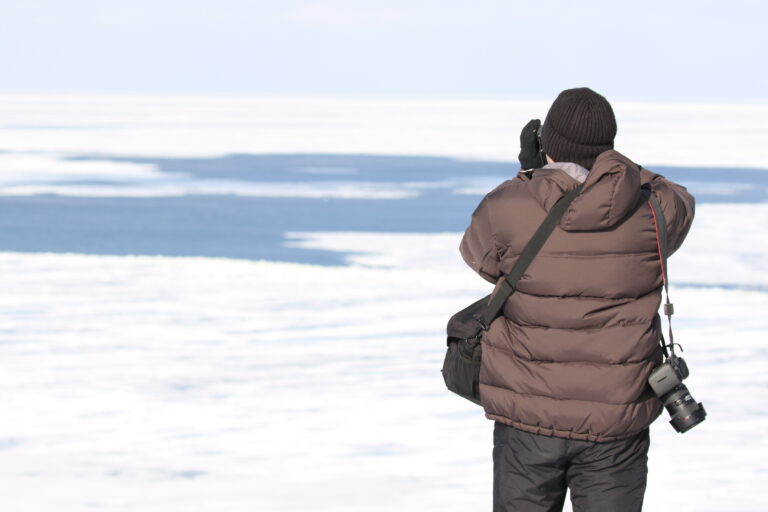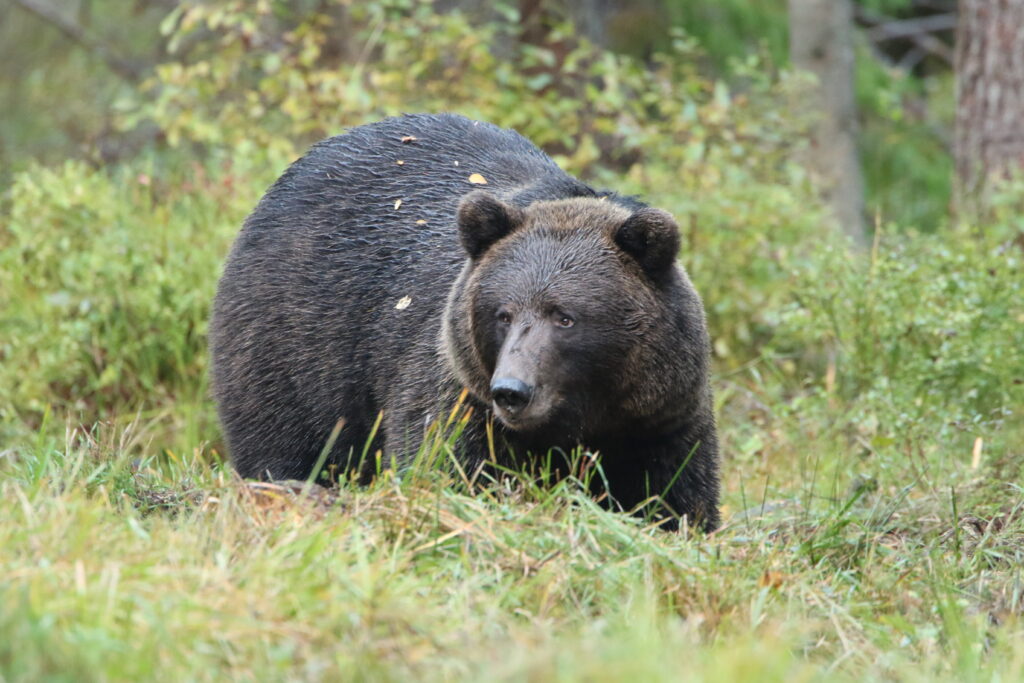
Estonia is located in northern Europe, bordered on the south by Latvia, on the east by Russia, and Finland to the north over the Baltic Sea. It is possible to get to Estonia by land, water, and air. Regular ferries run between Tallinn, Helsinki, and Stockholm, and landing at Tallinn Airport places you right in the middle of the city. Estonia is a member of the European Union and the Schengen Area.
By Air
Tallinn is home to one of Europe’s best — and cosiest — airports, and there is regular ferry traffic to and from Finland and Sweden.
There are 18 airlines that fly from the United Kingdom to Estonia. The most popular route is from London Luton Airport in London to Lennart Meri Tallinn Airport in Tallinn. On average this flight takes 2 hours 55 minutes one way
The flights from Oslo and Stockholm to Tallinn are all under two hours. You can fly from Helsinki to Tallinn in 20 minutes, and from Helsinki to Tartu in a little less than an hour. More information about flight schedules is available on the Tallinn Airport website.
By Ferry
Tallinn port is located a 15-minute walk from the city center. The ferry ride from Helsinki will take around 2-2.5 hours (except for one ferry, which takes four hours). The trip from Stockholm to Tallinn is a 12-hour overnight ferry ride.
Wildlife Dreams lodge and Hides are 14 km from Polva and Tartu is about 30 minutes drive away.
We are situated between Tallinn Airport (217 km ) and Riga Airport (Latvia) which is (242 km) away. We can arrange transfer pick ups from either airport for individuals and groups.
You can also hire a car or catch a coach to Tartu for other ways to arrive at our hides.
It’s fair to say that Estonians have a particular tree-hugging spirit. About half of the country is covered by forested land, and almost a quarter is protected by nature. As a result, Estonia has one of the best air quality in the world. Naturally, with so much greenery, Estonians have a special connection to the outdoors.
Estonians love their nature. That means forests, bogs, and all the creatures that live there. The country’s wildlife includes lynxes, brown bears, wolves, foxes, rabbits, and deer. In the spring and autumn, birdwatching is an extremely popular pastime attracting people from all over the world.
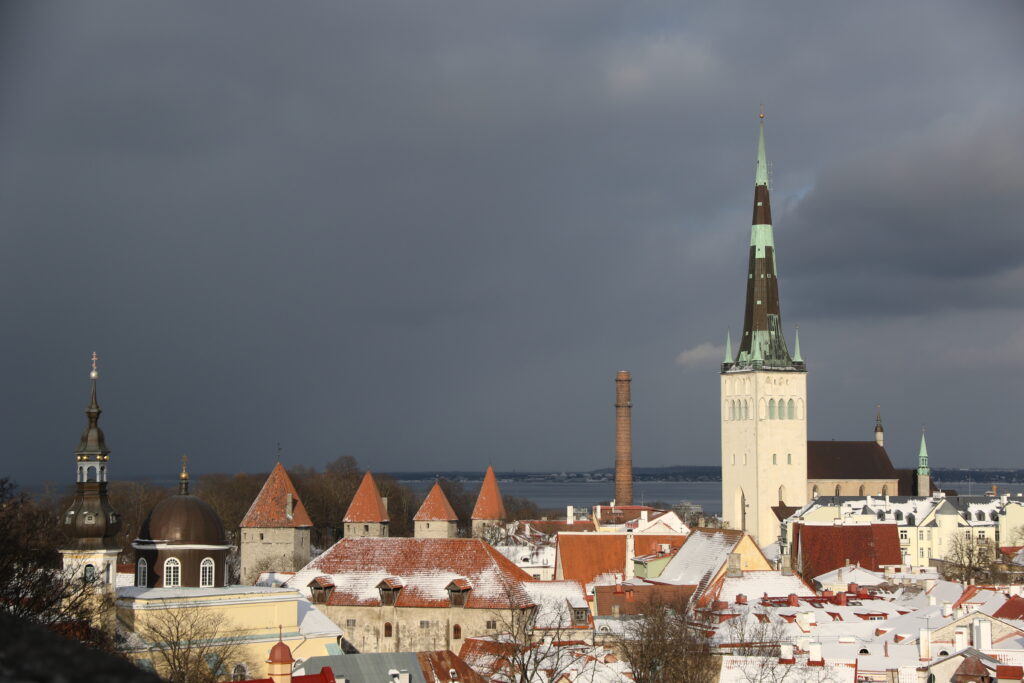
Estonia’s UNESCO world heritage capital Tallinn was granted city rights in the 13th century by the King of Denmark. Since then, the streets of Tallinn have seen many world powers, from the Danes and Swedes to Germans, and tsarist and Soviet Russia. Tallinn’s Old Town is filled with medieval houses and alleyways and is still protected by the remnants of the city wall. The wealth of architecture in Tallinn means that there are many legends and stories to explore. In addition to the city’s medieval core,
The Language
Today Estonians tend to speak at least two languages, most often Estonian, English, and possibly something else. In fact, according to recent studies, they are among the best English speakers in Europe. However, While the millennials usually know two languages fluently on average, the older generations of Estonians are often fluent in Finnish and Russian in addition to English and Estonian. So no matter what you speak, communication will be possible.
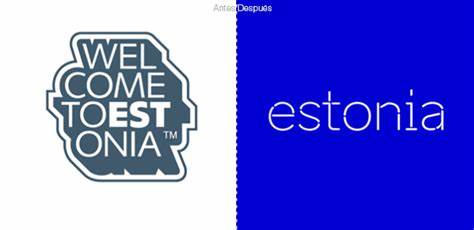
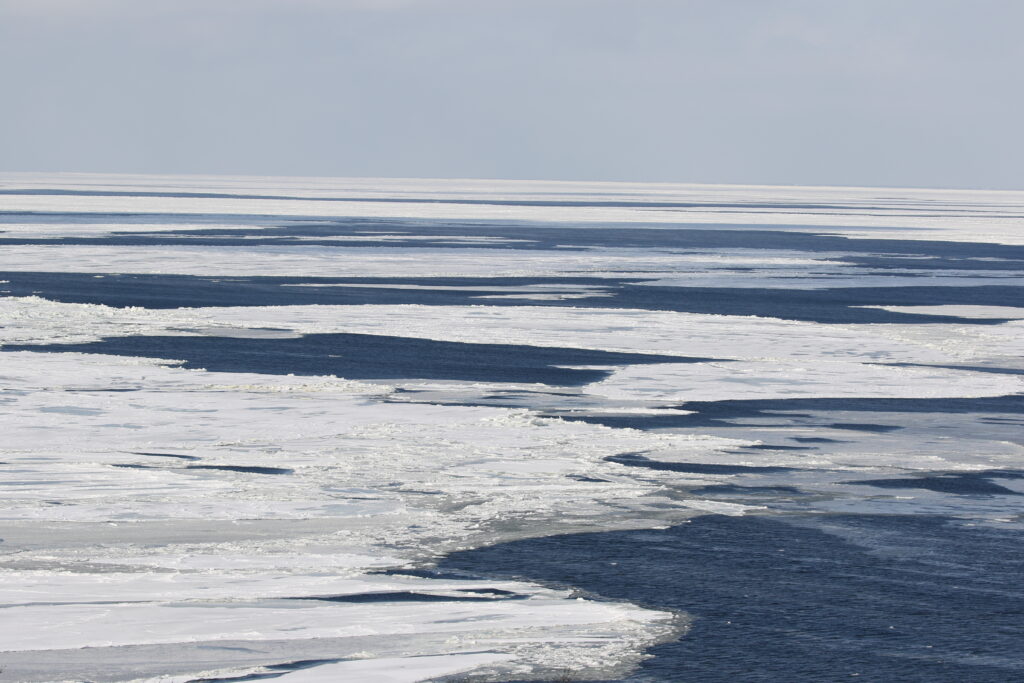
Over 2000 islands
Estonia is the only Baltic country with a deep-rooted and extensive island culture. Although most are uninhabited, Estonian islands tend to be rural, with some holding traces of their local Viking and medieval legacy. Estonia’s islands used to be populated by Estonian Swedes, many of whom left the region during WWII, leaving behind a wealth of culture that’s visible to this day.
Today, many Estonian islands have their own unique coastal cultures, with traditional singing, dancing, food, and dress. Of course, no matter which island you’re on, you’ll be sure to enjoy plenty of fish and seafood dishes.
The weather
The weather in Estonia varies by season. The average summer temperature is fairly mild, varying between 16 and 20 degrees Celsius but can reach up to 30 degrees Celsius. Summer in Estonia tends to be very light, with 19 hours of daylight known locally as “white nights”. Spring and autumn see frequent light rain, so bring an umbrella and a waterproof jacket. In winter, the rain turns to snow, and the temperature drops below zero, so wrap up warm.
